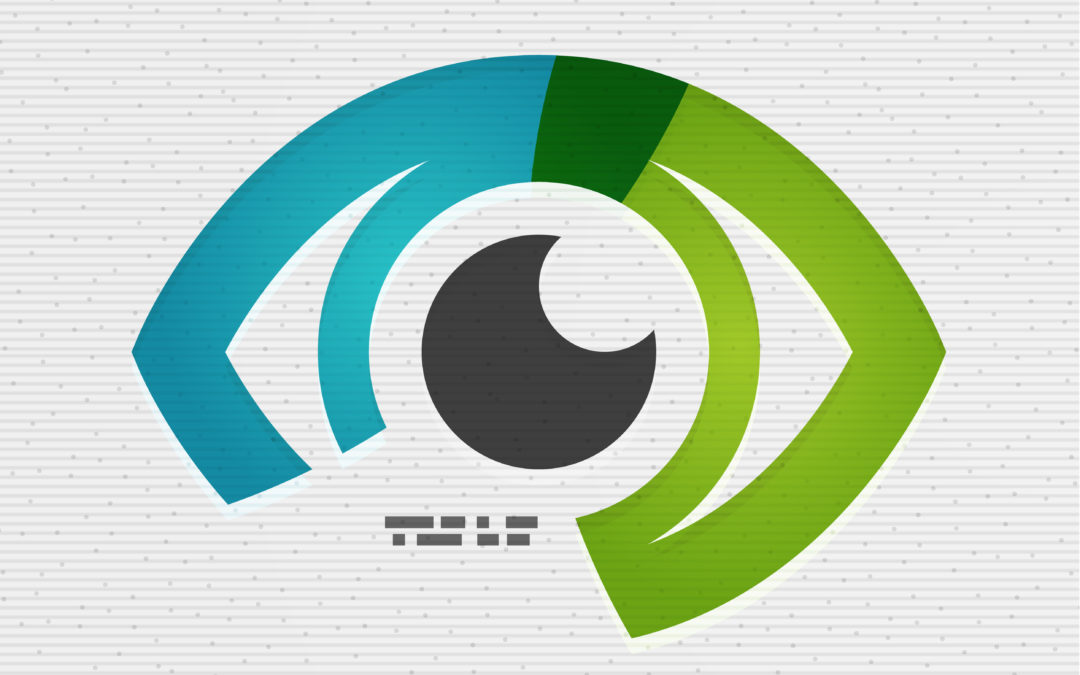Two weeks ago Fidelity took me on a frustrating financial odyssey.
This summer Fidelity ditched long-time credit card partners American Express and Bank of America to consolidate its service with Elan Financial Services. Anyone holding a Fidelity credit card received a new Fidelity Visa Signature card from Elan.
I was one of the 550,000+ who received a new card. It was unclear to me whether I needed to re-designate where I wanted my rewards to go, so I tried to log into the new Fidelity Visa card website.
A security question prompt requested my eldest sibling’s name. I didn’t recall ever providing that information, but tried putting in my sister’s name. No go.
I tried her nickname. Still no go, but this time I got slapped with “limited access” and on-screen requests for my credit card number, zip code and the last four digits of my social security number.
Those data reset my account access level but I still couldn’t get in. I called Elan’s customer service line.
My account wouldn’t come up for the Elan customer service rep either. She apologized and advised me to go through my regular Fidelity account.
I logged into my Fidelity account and looked at the menu options. None of them related to their credit card service. It took me five minutes of clicking around to find the credit card info.
And I have no idea how I got there.
As you can tell, this odyssey ceased to be fun about five paragraphs ago. Thirty minutes of my life wasted in the process.
Fidelity made the move to offer a more widely accepted card and to woo millennial prospects. But they forgot to test drive the experience from the buyer’s point of view.
A customer should not have to wade through two websites and endure a fruitless phone call to get a question answered.
My brand image of Fidelity isn’t the Wow-I-get-2%-back-isn’t-this-great-and-the-card-is-so-widely-accepted that they were going for. Now it’s Fidelity-is-a-pain-in-the-posterior-to-work-with-and-wastes-my-time.
Is that fair you ask?
To me? Or to them?
Fair doesn’t factor in when customers have a suboptimal experience with your brand, even if it is with one of your brand partners. It still reflects on your brand.
Worse yet, many customers won’t take the time to complain about it. They’ll just go somewhere else to buy.
But you don’t have to sit there and lose customers. Like every risk, this is also an opportunity for your brand to shine.
What you need in this case is some R and R: Research and Road testing.
Research products with your target audience before you launch them. Get their input on your ideas before you invest heavily in them – even at the concept stage. Definitely when you have a prototype for review.
Upfront research will save you money and time by increasing the chances that your products will succeed. It also decreases the risk of disappointing and losing customers. In the long run, that is even more valuable.
Once launched your offerings build or detract from your brand image every day. The way your product performs. The service customers get when they call. The ease (or not) of using your website.
Road test your products and customer interfaces periodically. Search and buy from your website. Call your customer service line. Buy from your distributors. See how your product is displayed. Make sure your manufacturers are delivering on spec.
Ultimately you want your brand to delight your audience so that they associate it with solving their problems and making them feel good. Not with wondering where you stashed the website tab they seek or why the second product they purchased was of a lesser quality than the first.
Research and road testing not only helps to keep your brand quality high, it gets you more in touch with and attuned to your target audience. More able to see your brand in the eye of the buyer.
And that is the winning viewpoint!
If you liked this post, you’ll love the next one.
To have future posts sent to your inbox...

